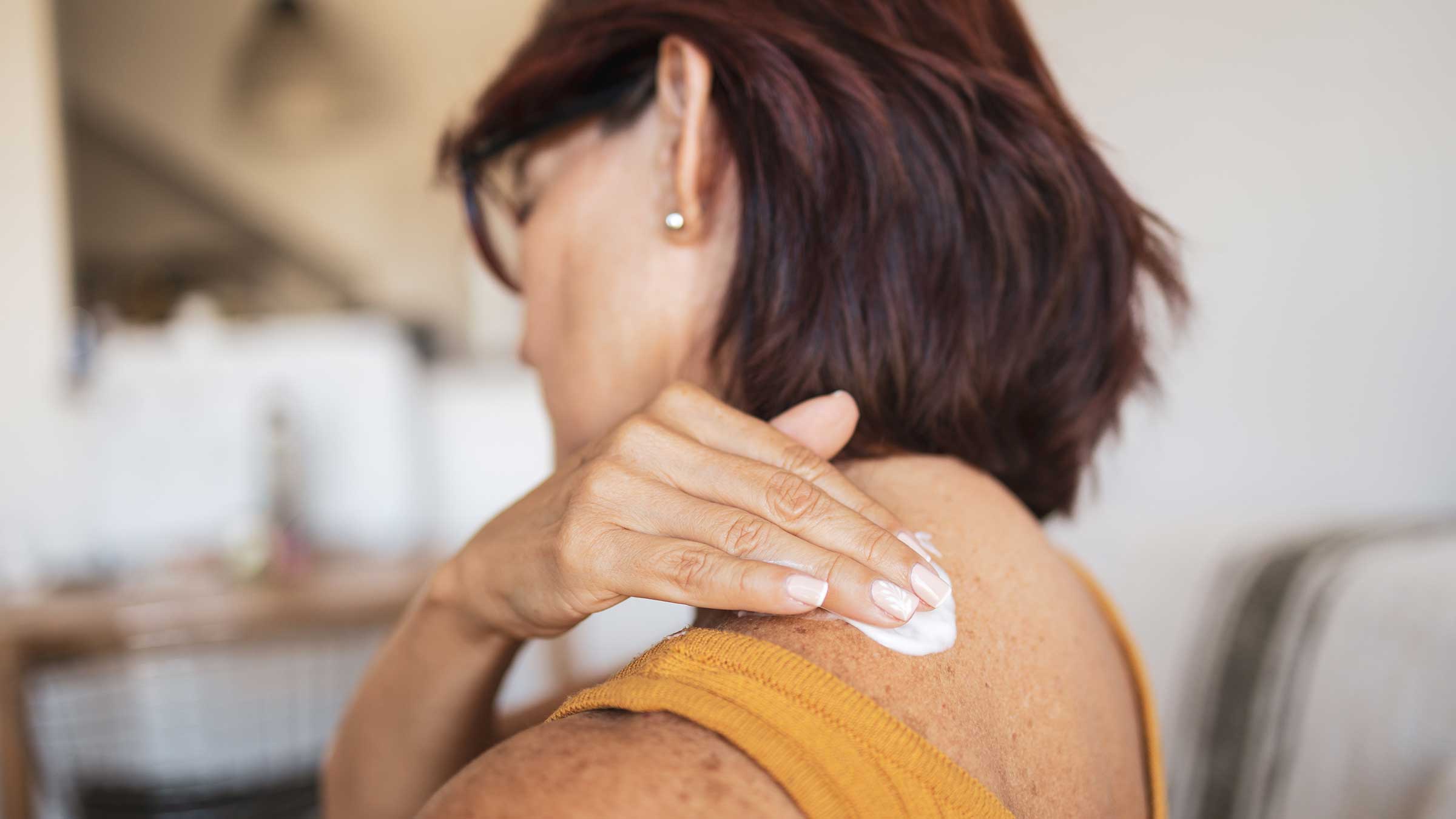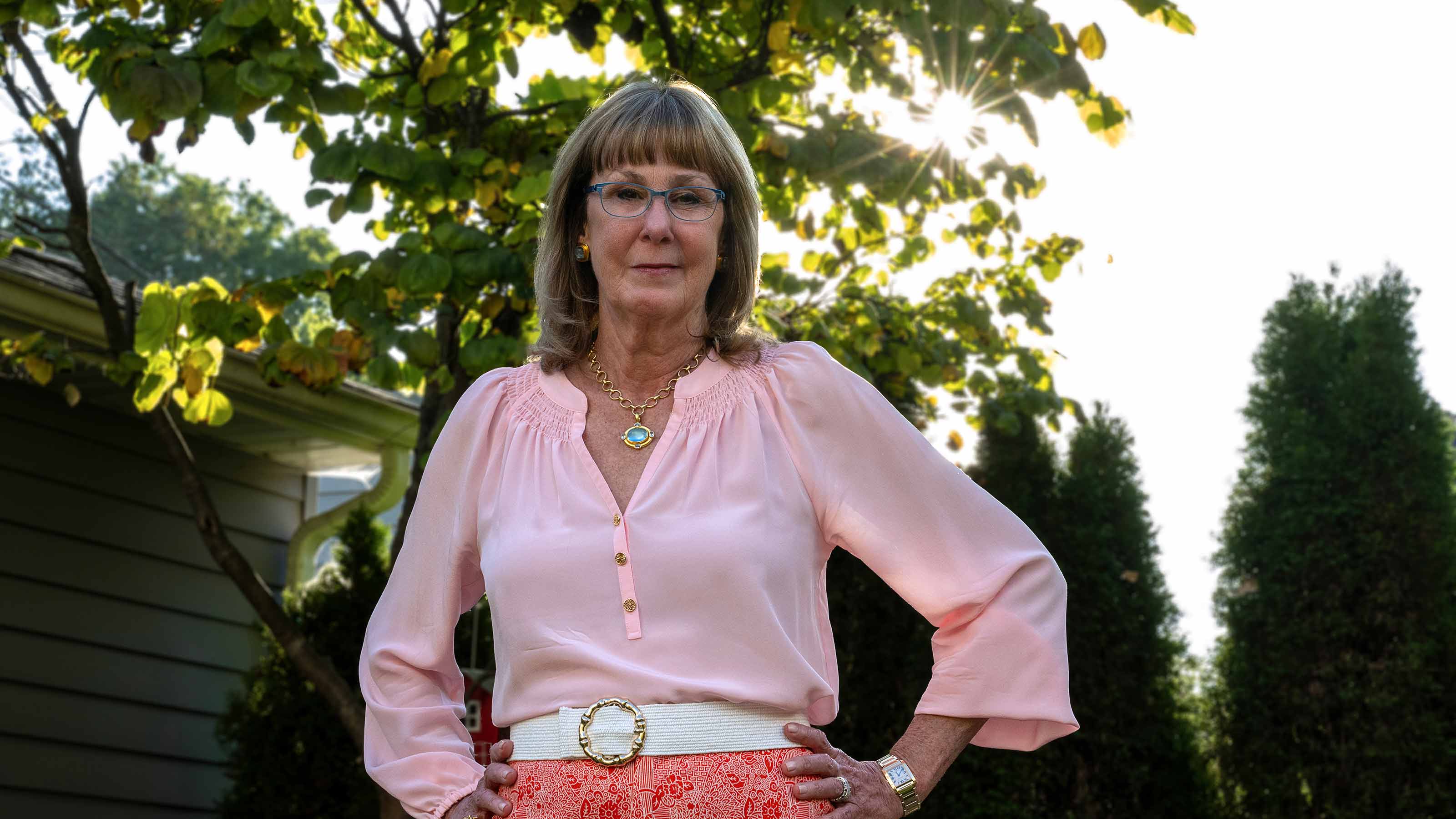
There are many myths about menopausal hormone therapy, the biggest being that it’s unsafe. In truth, science is always evolving, and we’ve learned a lot over the past several years that allows us to use it to safely treat hot flashes, night sweats, sleep disturbances and other symptoms in a vast majority of people coping with these symptoms.
These medications also prevent bone loss and fractures and can improve quality of life for those who take them.
Consider the myths below and visit a health care professional to determine whether menopausal hormone therapy is right for you.
Myth #1: Menopausal hormone therapy is dangerous
Menopausal hormone therapy (MHT) is safe for most people, and we want to consider personal risk factors and plan the specific type, formulation and timing of use for each patient.
Breast cancer risk
Breast cancer risk while using hormone therapy is about one additional case per 1,000 uses per year or three additional cases per 1,000 uses over five years. This risk is similar to the risk associated with obesity and low physical activity. It’s slightly greater than the risk associated with drinking one glass of wine a day and slightly less than the risk associated with drinking two glasses of wine a day.
It’s important to consider personal and family breast cancer history when choosing MHT. Certain formulations and different types of hormones may present lower breast cancer risk than others.
Endometrial cancer risk
Using both estrogen and progestin together in hormone therapy doesn’t lead to and increase the risk of endometrial cancer (cancer in the lining of the uterus). Those who don’t have a uterus can safely take estrogen alone.
Other health risks
Women starting hormone therapy after age 60 or more than 10 years after they reach menopause may be at higher risk for three specific conditions when compared with women who start therapy early in menopause:
- stroke
- coronary heart disease (narrowed or blocked arteries)
- venous thromboembolism (blood clots in the veins)
It’s important to take into account personal and family risk for these issues. For those at higher risk of blood clots, hormone therapy applied to the skin may be safer than oral hormone therapy.
Myth #2: You have to be post-menopausal to use menopausal hormone therapy
Menopausal hormone therapy can be used during the perimenopause transition, or as you’re “going through” menopause. Whenever you're having bothersome vasomotor symptoms, such as hot flashes and night sweats, or other concerns, you can consider hormone therapy.
Myth #3: You need to check your hormone levels before starting menopausal hormone therapy
There may be certain situations in which we will check hormones, but generally, knowing specific hormone levels isn’t needed to start menopausal hormone therapy. We treat based on symptoms.
Checking hormone levels isn’t particularly helpful when you’re in perimenopause, because hormone levels can fluctuate significantly. A test will only tell you levels at a single point in time and could say something quite different on another day. However, you may want to consider talking to your provider about checking labwork to rule out other causes for your symptoms.
Myth #4: Compounded or bioidentical MHT is always better than prescription MHT
Compounded and bioidentical hormones are terms that are commonly used to describe menopausal hormone therapy.
Compounded hormones are made in a pharmacy by a pharmacist, and they’re not approved by the U.S. Food and Drug Administration (FDA).
Bioidentical hormones structurally are like the hormones that naturally occur in your body.
Some menopausal hormone therapies available from commercial pharmacies are considered bioidentical.
There are times when it may be preferable to use hormones that aren’t considered bioidentical due to different risks and benefits with each formulation.
Most major medical organizations recommend using medications that are FDA-approved and come from commercial pharmacies when possible.
The majority of medical organizations also recommend against the use of pellets for menopause therapy.
Myth #5: Menopausal hormone therapy always comes in a pill
There are many types of menopausal hormone therapies to fit your lifestyle and help address concerns about side effects and costs.
Along with pills, you may consider non-pill forms of menopausal hormone therapy, such as those that are absorbed through the skin via a patch, rub-on gel or spray. Other options include a vaginal ring or IUD.
Myth #6: Hormone therapy is the only effective treatment option for menopause-related symptoms
We do have products that are non-hormonal for people who can't use hormones. They include fezolinetant (Veozah), gabapentin and certain antidepressants. Behavioral modifications also can help relieve symptoms.

Ready to learn more about women’s health?
The Center for Women’s Health provides personalized care for women across their lifespans.
Expert care starts here




